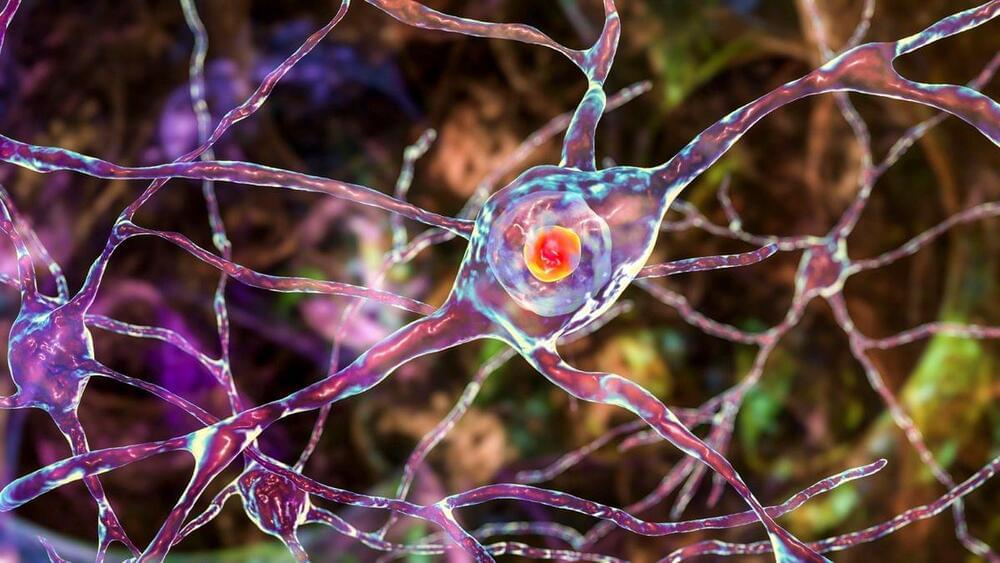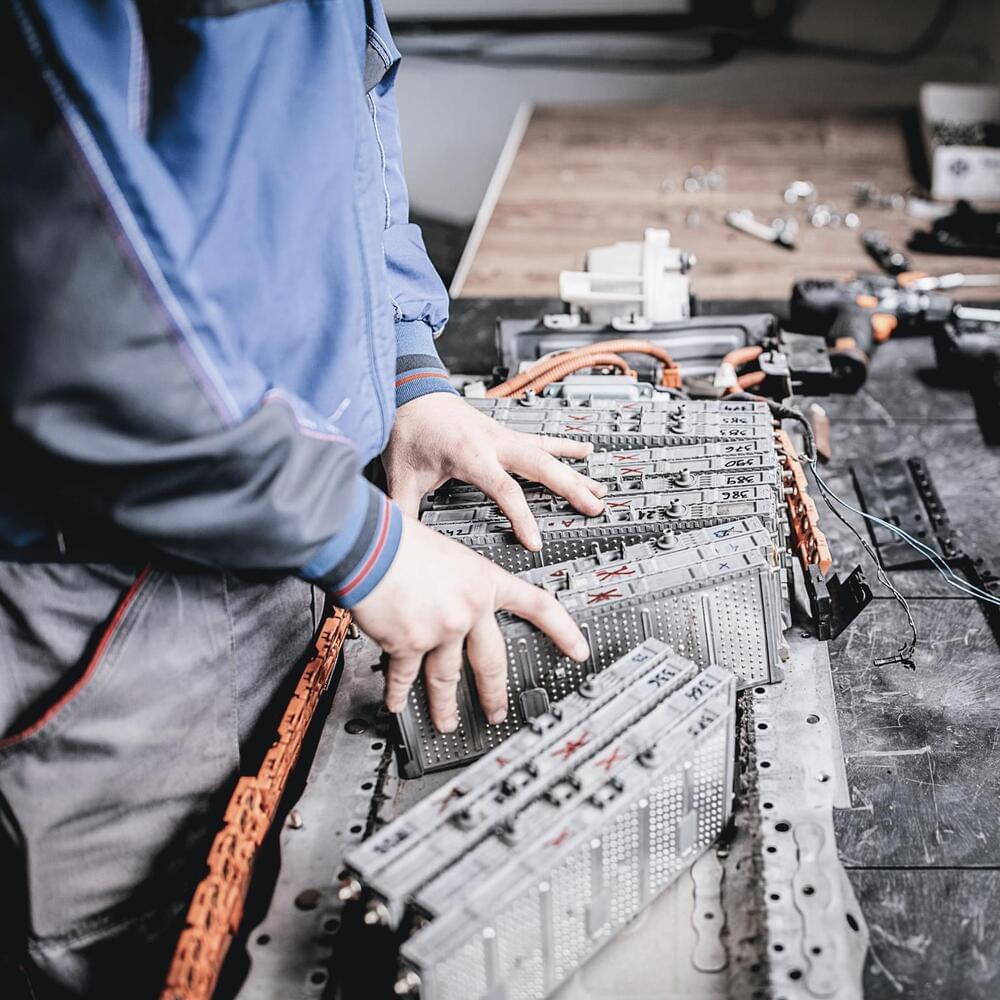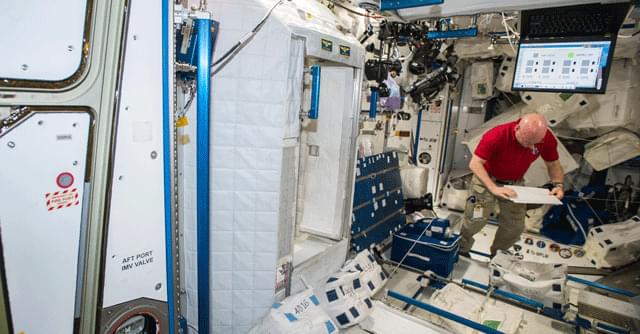Dr_Microbe/iStock.
Called Upstaza, the therapy not only improved the symptoms of all participants in the small-scale trial but also gave some children the ability to walk and talk for the first time.




Prof. Aleks Farseev is an entrepreneur, research professor, keynote speaker, and the CEO of SoMin.ai, a long-tail ad optimization platform.
Not too long ago, I was asked to present a tool to some of my clients. It was a simple prototype, where a person would type in a few things (i.e., advertising channel, product and occasion), and in turn, the machine would give a number of sample ads. When I clicked the button, in just a few seconds, the machine spat out several ads complete with images and text. The first comment was, “Wow, that was really fast.” What would take a person a few hours to do, this machine did in but a fraction. There were a lot of other interesting comments, some even pointing out that this machine was really creative. Then one person spoke out, a comment that put the room into an uncomfortable silence, “This thing is going to take my job.”
We are in a time of uncertainty. As AI applications become more visible and popular, many will start wondering how they will impact our society. There are the “doomsayers” who think AI will take over the world. Then there are the more “sane” people who think that AI will never be able to replicate humans. After all, how can a machine copy something so intricate and complex? But then again, day by day, the advancements in AI continue to surprise us, as if to challenge our very humanity.

Veteran actor Mark Hamill said in an interview that he has sent at least 500 drones to Ukraine through the country’s fundraising platform, as Ukraine’s ongoing conflict with Russia enters its ninth month.
During an appearance on Bloomberg Radio’s “Sound On”, Hamill, widely known for his role as Luke Skywalker in the acclaimed “Star Wars” film franchise, told host Joe Mathieu that he only sent the equipment to Ukraine because they desperately need it.

As sales of battery electric vehicles (BEV) increase, OEMs need to focus on R&D excellence, flexible manufacturing, and value-chain integration to improve profitability.
Even in countries where BEV sales are picking up, many automotive executives are concerned about profitability. Some EV OEMs have already begun investigating changes to their go-to-market models that may increase sales and reduce costs quickly. Over the midterm, however, they will need to apply additional measures to be profitable, and our recent research shows that three levers will be particularly important in this respect:
Most OEMs do not have all the required capabilities, such as the ability to develop software for both batteries and e-drive, to move BEV production completely in-house. Consequently, they often need to form strategic partnerships across the ecosystem, including those for BEV design, manufacturing, and component sourcing. These partnerships will also allow them to share the burden of capex spending until they achieve sufficient scale.
Partnerships can take many forms, such as joint ventures, and OEMs may form links across the value chain, such as those with battery suppliers. These partnerships may have various goals, from securing a supply of high-quality lithium-ion battery cells to codeveloping vehicles to building a supporting charging infrastructure. Managing such partnerships will require close attention and the ability to lead a complex network.
BEV profitability will continue to face headwinds from high e-drive and battery costs, as well as the need for high investments at a time when sales volumes remain challenged. By focusing on additional cost reductions in R&D, manufacturing processes, and value-chain integration, companies may realize profitability and put themselves in a stronger position as the BEV market gains traction.

The Indian Institute of Technology (IIT) Madras has announced a collaborative study with the Jet Propulsion Laboratory (JPL), the research hub of central US space agency National Aeronautics and Space Administration (NASA), to study the impact of microorganisms aboard the International Space Station. Observations from the research project will help create medical solutions to aid astronauts in long term human missions in space.
Explaining the observations, Karthik Raman, assistant professor at the department of biotechnology, IIT Madras, said that the collection of microbes, which includes a variety of bacteria and fungi, have occurred over time due to the astronauts that have been aboard the ISS over the past decades.
“Even though the ISS is a highly sterile environment, these microbes can play a big role in the way human presence in a space environment works — which our research work sought to highlight,” Raman said.
Advancing Space For Humanity — Dr. Ezinne Uzo-Okoro, Ph.D. — Assistant Director for Space Policy, Office of Science and Technology Policy, The White House.
Dr. Ezinne Uzo-Okoro, Ph.D. is Assistant Director for Space Policy, Office of Science and Technology Policy, at the White House (https://www.whitehouse.gov/ostp/) where she focuses on determining civil and commercial space priorities for the President’s science advisor, and her portfolio includes a wide range of disciplines including Orbital Debris, On-orbit Servicing, Assembly, and Manufacturing (OSAM), Earth Observations, Space Weather, and Planetary Protection.
Previously, Dr. Uzo-Okoro built and managed over 60 spacecraft missions and programs in 17 years at NASA, in roles as an engineer, technical expert, manager and executive, in earth observations, planetary science, heliophysics, astrophysics, human exploration, and space communications, which represented $9.2B in total program value. Her last role was as a NASA Heliophysics program executive.
Dr. Uzo-Okoro has an undergraduate degree in Computer Science from Rensselaer Polytechnic Institute, and three masters degrees in Space Systems, Space Robotics, and Public Policy from Johns Hopkins University (APL), MIT (the Media Lab), and Harvard University, and a PhD in Space Systems from MIT, on the robotic assembly of satellites.
During her career, Dr. Uzo-Okoro also founded Terraformers.com to help grow affordable food through productive and networked backyard gardens, as a precursor to growing food in space. Her immigration story is profiled in President George W. Bush’s book, ‘Out of Many, One’.

Volt Solar Tile, a Leeson Group subsidiary, says its Australian-designed building-integrated photovoltaic (BIPV) roof tile has the highest wattage of any solar tile on the global market, with a maximum power output of 115 W and a solar efficiency of up to 19.3%.
Peter Leeson, managing director of Leeson Group and the director of Volt Solar Tile, said the Volt Planum and Lodge mono PERC solar tiles are the first in the world that can generate the same amount of energy as a standard PV panel.
